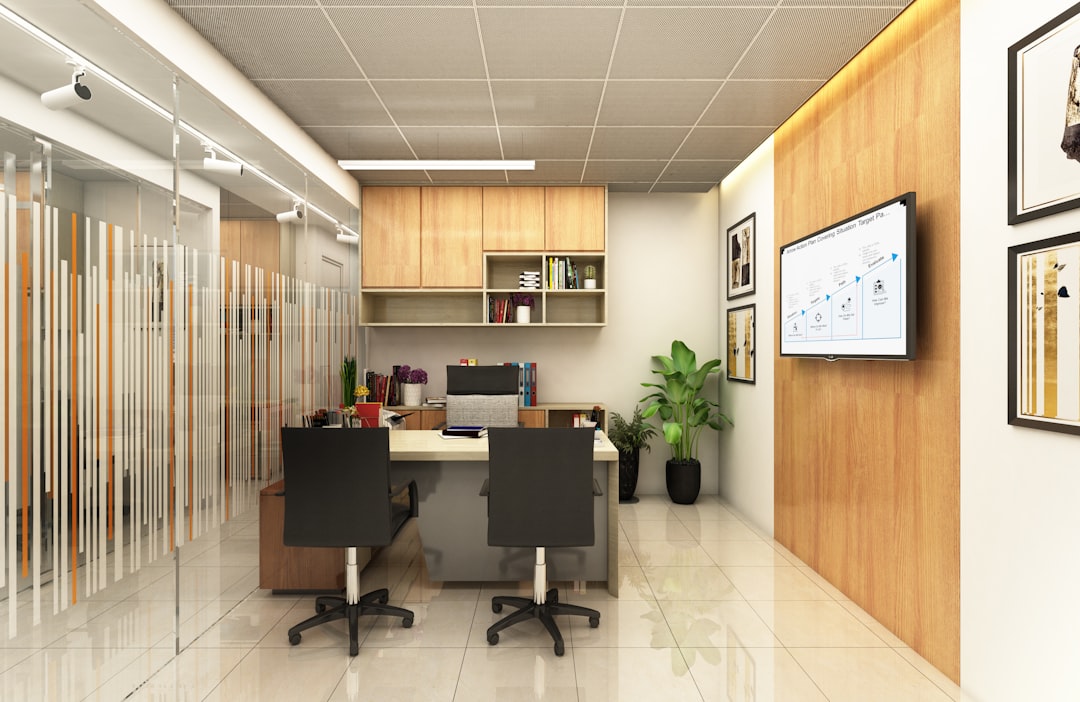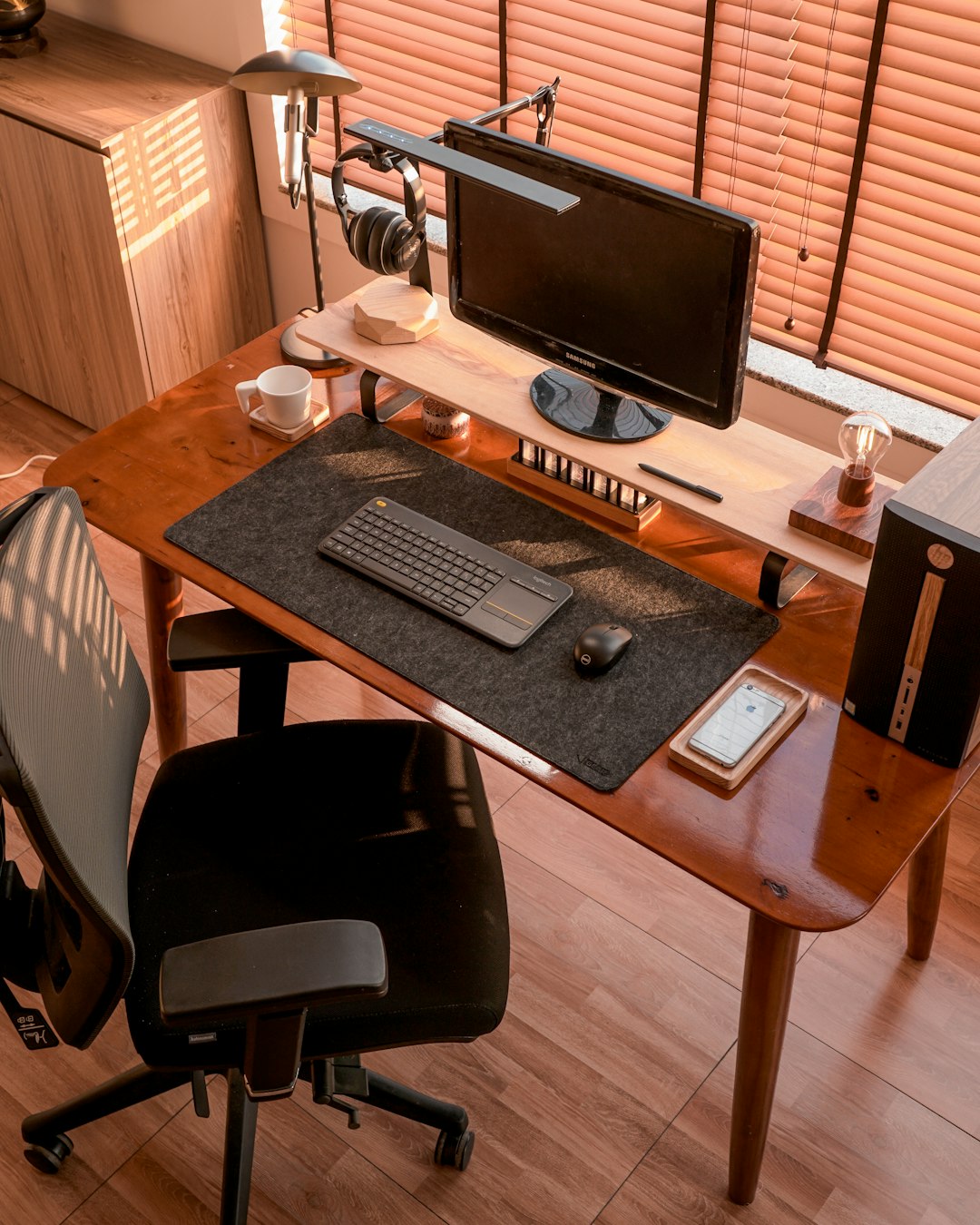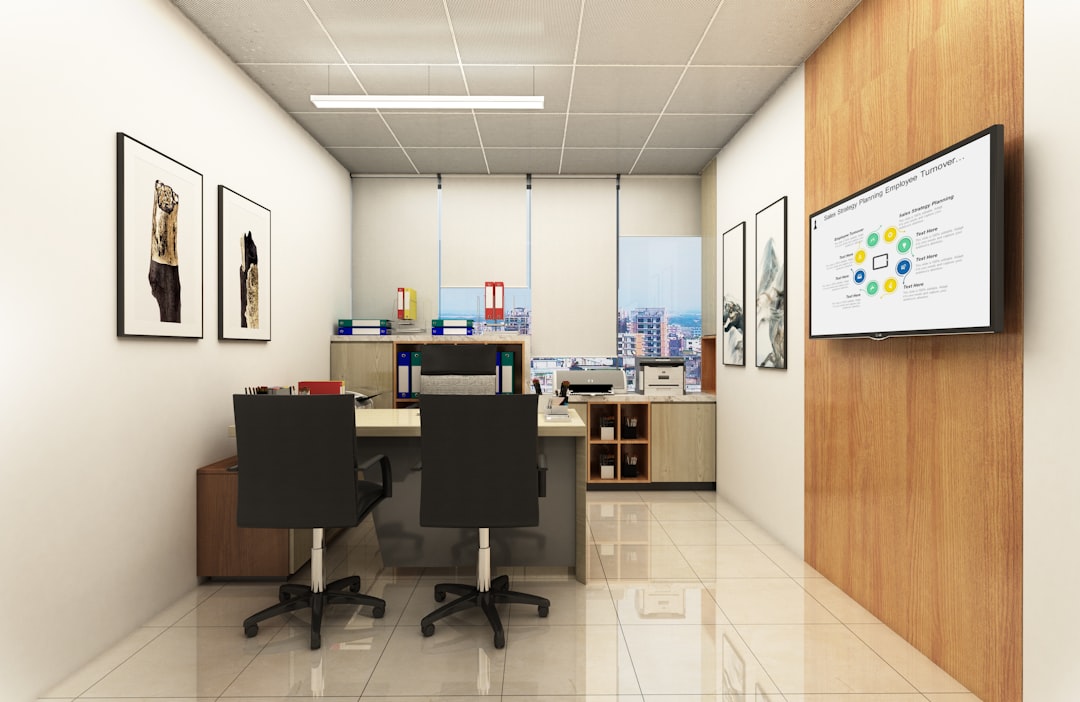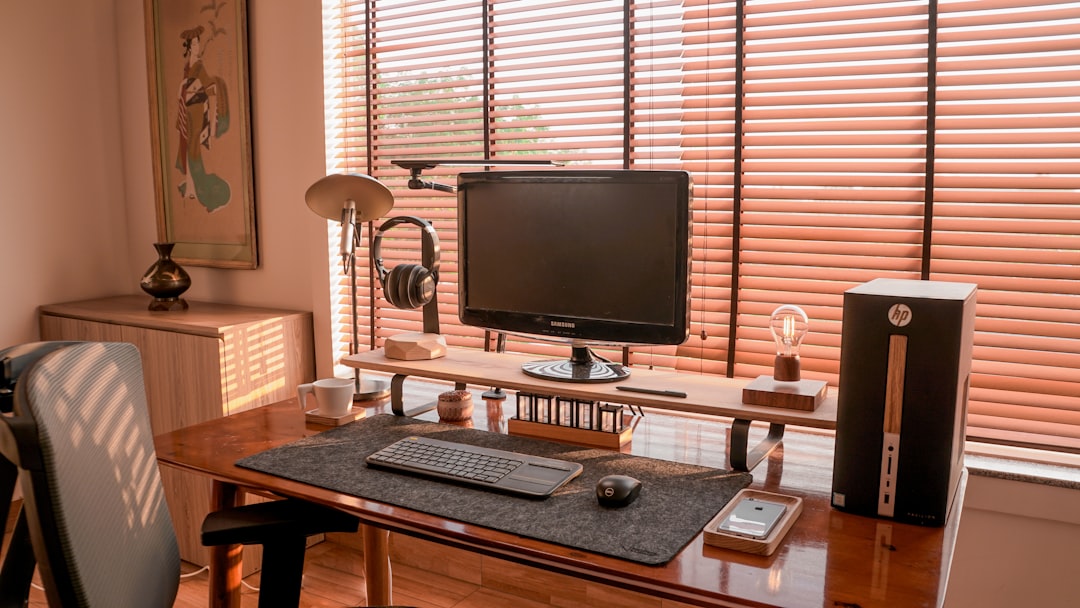Standing desks have become a staple in modern workspaces, offering flexibility, ergonomic benefits, and an alternative to prolonged sitting. As more users adopt this dynamic setup, a new challenge emerges — managing cables effectively. From power cords and charging cables to monitor wires and accessories, the array of cords can quickly become an unsightly and hazardous tangle. Proper cable management not only helps enhance the aesthetics of a workspace but also improves safety and functionality.
Why Cable Management Matters for Standing Desks
The nature of standing desks — particularly models that adjust height — introduces unique challenges when it comes to cable organization. Every time the desk moves, cable slack can shift unpredictably. Poorly managed cables can snag, disconnect, or even damage sensitive electronics. Beyond functional and safety concerns, disorganized cables contribute to visual clutter that detracts from the look and feel of a professional workspace.
Effective cable management can lead to:
- Improved aesthetics — a neater, cleaner-looking desk
- Enhanced safety — minimizing trip hazards and electrical risks
- Greater mobility — preventing cable drag during desk adjustments
- Better performance — reduced wear on cables and connections
Essential Elements of Cable Management
Managing cables isn’t just about hiding them — it’s about guiding and storing them in a way that ensures longevity, efficiency, and safety. There are several practical components involved in achieving this goal on a standing desk.
1. Cable Trays
Cable trays mount beneath the desk surface and serve as a catch-all solution for organizing and holding excess cable slack. They are especially important in standing desks since they move with the desk and must accommodate that adjustment.
2. Cable Sleeves and Tubing
Cable sleeves bundle multiple wires together, turning a mess of cables into a single manageable cord. Some sleeves are zip-up cloth tubes, while others are plastic spirals or wraps that coil around the wires. These are excellent for vertical cable routing from desk to floor.
3. Cable Clips and Adhesive Mounts
Clips and mounts attach directly to the frame or underside of the desk. They guide cables along predetermined paths and prevent unwanted entangling. Using adhesive organizers keeps wires from dangling or moving when switching between sitting and standing modes.
4. Power Strips and Under-Desk Mounting Brackets
Instead of plugging devices directly into wall outlets, mounting a power strip under the desk shortens cable travel distance and keeps most wires attached to the moving desk setup. Using brackets allows the strip to move with the desk, eliminating wire tension.

Steps for Effective Cable Management
Getting started with cable management can seem overwhelming, especially with multiple devices involved. However, following a step-by-step approach can make the process manageable and even satisfying.
Step 1: Audit Your Equipment
Before managing cables, identify all the electronic equipment on your desk — monitors, docking stations, USB hubs, lamp, phone chargers, and more. List the cords required and assess their lengths to plan accommodation strategies accordingly.
Step 2: Locate Your Power Source
Decide where your primary power source will be — wall socket, surge protector, or mounted power strip. This determines where most cables will converge and informs your tray and sleeve placement.
Step 3: Route Cables Loosely First
Temporarily position cables with enough slack to accommodate desk movement. Raise and lower the desk to ensure cables remain untugged and free from strain. Once verified, anchor them using mounts, trays, or sleeves.
Step 4: Bundle and Secure
Use zip ties, Velcro straps, or cable sleeves to bundle excess cable. Affix cable ties close to connection points to avoid loose dangling wires. Keep routing aesthetic, following desk contours when possible.
Step 5: Maintain Access
Desks often evolve — new gadgets appear and old ones get upgraded. Always leave yourself some flexibility with modular cable management components that are easy to slip open or expand when needed.

Products Worth Considering
With an overwhelming number of cable management tools available online and in stores, choosing the right gear can be tricky. Here are a few highly-recommended products for standing desk users:
- Signum Cable Management Tray from IKEA — Simple, efficient under-desk tray
- J Channel Raceways — Great for mounting to the sides or backs of desktops
- Anker Magnetic Cable Organizers — Magnetic bases and wire clips for charger cords
- Bluelounge CableBox — A stylish solution for hiding power strips and bulky adapters
Pro Tips for Long-Term Cable Management Success
After completing a cable management setup, maintaining it is just as important. Use the following tips to keep your desk in top shape:
- Label cables using color-coded tags or small sticky notes near the plug ends
- Revisit your setup monthly, particularly after adding or relocating equipment
- Keep cable slack slightly longer than needed to account for motion and prevent undue stress
- Invest in quality cables that resist fraying and degraded connection over time

Conclusion
Cable management for standing desks is not merely a cosmetic concern — it’s a functional enhancement that supports the desk’s mobility, user productivity, and workplace safety. With the right tools and strategies, anyone can turn a chaotic bundle of wires into a streamlined, attractive setup that supports both sitting and standing workflows. Implementing the right system today will pay long-term dividends in convenience and peace of mind.
Frequently Asked Questions (FAQ)
- Q: Can I use regular cable organizers for my standing desk?
A: While many general cable organizers can be repurposed, standing desks often require flexible and dynamic solutions that account for height adjustments. Look for products specifically designed to accommodate movement. - Q: How much slack should I leave in my cables?
A: Cables should have at least a few extra inches — 6 to 12 inches is recommended — to prevent tension when raising or lowering the desk. Do a few test runs before securing them permanently. - Q: Is there a risk of damaging cables with zip ties?
A: Yes, if zip ties are overly tightened, they can damage cable insulation. Use Velcro straps or adjustable ties for safer and reusable bundling. - Q: Do wireless accessories solve cable management issues?
A: Wireless devices can reduce cord clutter, but they still need to charge occasionally. Cable management is still beneficial to handle power cords and necessary connections. - Q: Are there standing desks that come with built-in cable management?
A: Yes, many higher-end standing desks now include integrated raceways, grommets, and cable trays to simplify cable routing. These models can be more expensive but offer added convenience.

